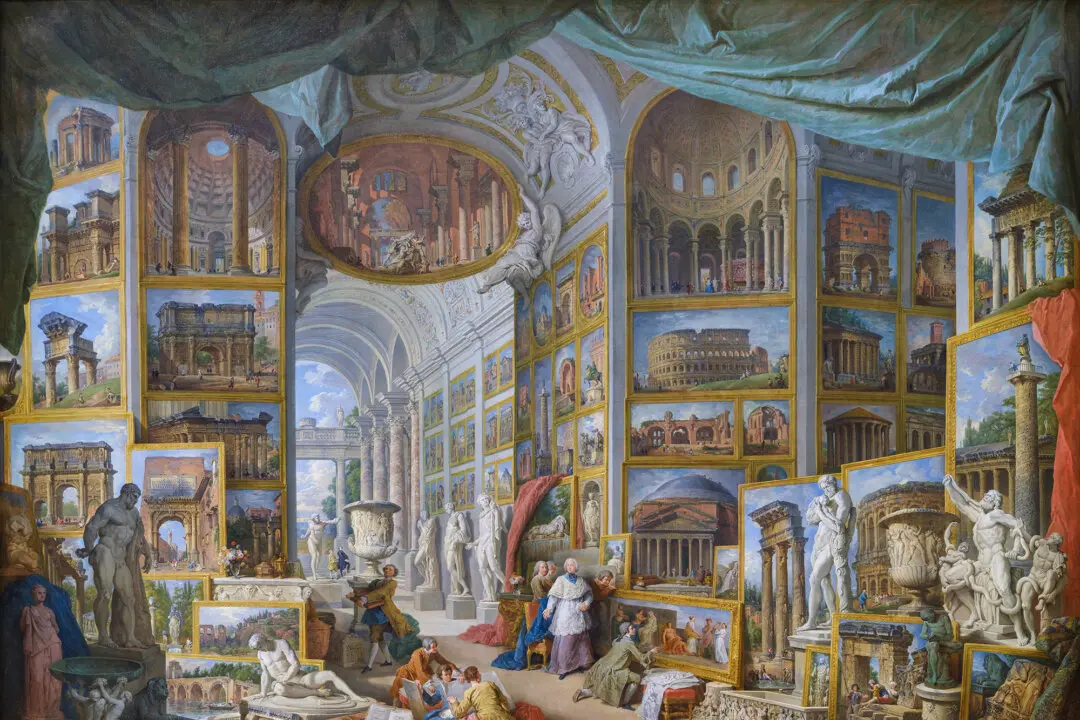Philosopher and conservative commentator Roger Scruton opens his 2011 book “Beauty: A Very Short Introduction” with this sentence: “Beauty can be consoling, disturbing, sacred, profane; it can be exhilarating, appealing, inspiring, chilling.”
Scruton then devotes three of his book’s nine chapters to the topics of human beauty, the beauty of nature, and everyday beauty. The last are found in the world around us or in our homes that, by their form and function, strike us as beautiful. For the rest of the book, Scruton draws the reader’s attention to artistic beauty. Here, he analyzes those works deliberately created by humans to appeal to the mind and the senses, to spark the imagination, and to give us pause for wonder.






